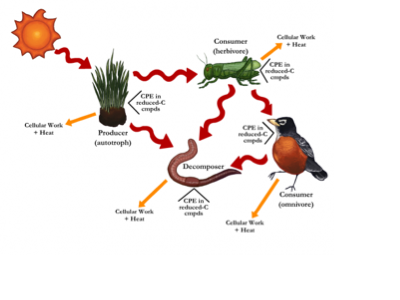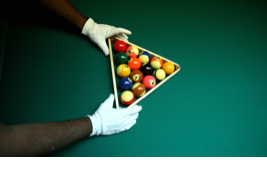Sign up for FlowVella
Sign up with FacebookAlready have an account? Sign in now
By registering you are agreeing to our
Terms of Service
Loading Flow

Energy Transformation
Example...
An example of how energy is conserved and not lost is when playing pool. When you play pool the cue ball is shot at a stationary eight ball. The cue ball has the energy. When the cue ball hits the eight ball, the energy transfers from the cue ball to the eight ball, which sends the eight ball into motion. The ice ball would then lose its energy because the energy it had, has then been transferred to the eight ball. So in that case the cue ball will now slow down.
Solar- the energy transformations that occur in a solar panel are...
•light energy
•electrical energy
•mechanical energy
•kinetic energy

